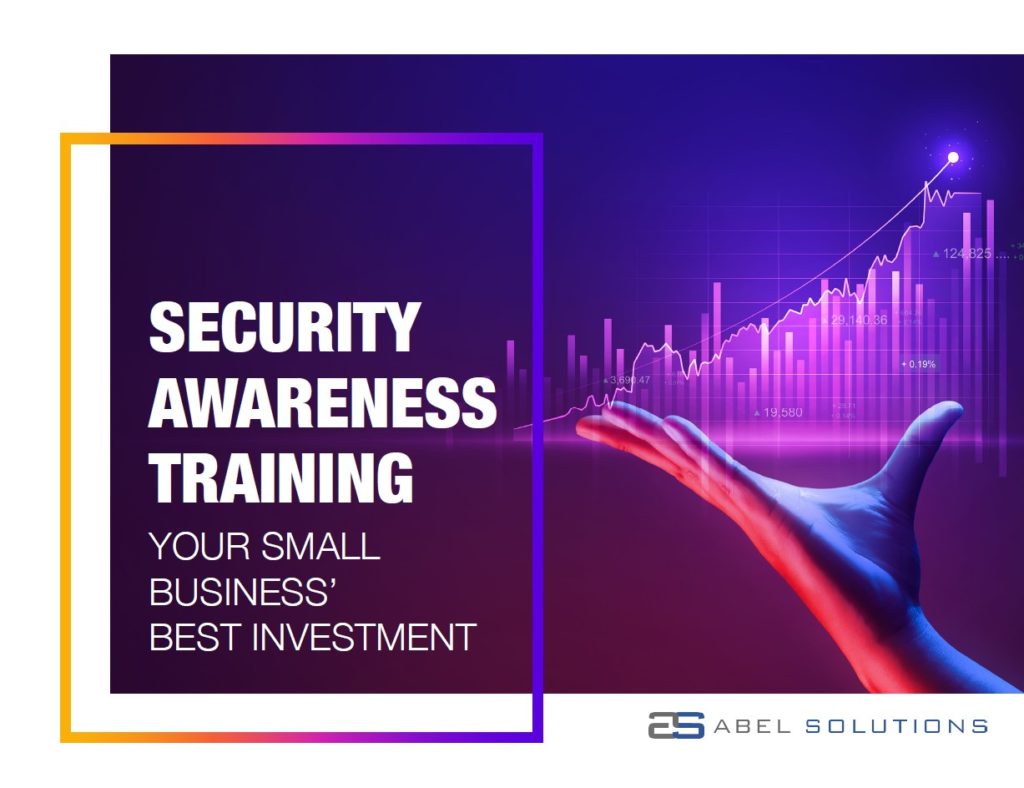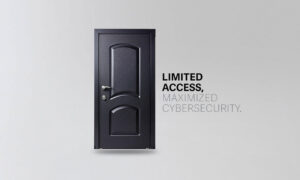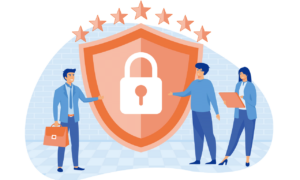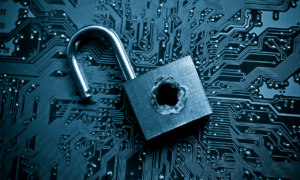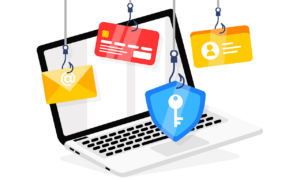As the business world has become increasingly digitized, companies of all shapes and sizes face the dangers of doing business online. Today’s cybercriminals have many ways to target organizations, from credential hacks to sophisticated ransomware attacks.
Therefore, it is essential to consider all possible ways to protect your company. But it can be difficult to determine the best strategy for protecting your company if you don’t know much about technology or the cyber threat landscape. And with so much noise about cybersecurity out there, it might be challenging to distinguish between myth and fact.
Understanding the truths behind current and emerging technology risks is critical to provide a secure direction for your business. This Insight will give you a better idea of the threat landscape and how to protect your business against it.
Busting some of the top cybersecurity myths is essential to keeping your business secure.
Myth #1: Cybersecurity is a single solution
Cybersecurity encompasses many aspects, all of which are essential to keeping your business protected. An effective cybersecurity strategy includes employee security awareness training, physical security measures, and a layered defense for your network and devices. Companies must consider all of these factors to create a robust cybersecurity posture.

Typical solutions that you should consider in your layered defense include, but are not limited to, advanced endpoint protection, identity management, email threat protection and encryption, and data classification and protection. And, of course, proven backup and recovery for all your data—whether on-premises, cloud-based, or a combination of both.
Myth #2: Cyberattacks only happen to large businesses
Falling for this myth could cause severe damage to your business. While it’s often the high-profile, large business attacks that gain publicity, the truth is that small and medium-sized businesses (SMBs)—typically ranging from 1 – 1,000 employees—are targeted more frequently by cybercriminals since their networks can easily be compromised. They are also less likely to recover from an attack unless they pay a ransom.

According to various sources, including Accenture and the Ponemon Institute, over 43% of cyber attacks target small businesses, yet only 14% [of SMBs] are prepared to defend themselves. The average cost (direct and indirect) of cybercrime for an SMB is $2.2 million per year. Immediate cleanup and remediation costs make up about half of this, with business disruption and other indirect costs responsible for the remainder. Indirect costs may include:
- Regulatory or industry fines for compliance violations
- Lawsuits from customers, vendors, or partners
- Increases in cyber insurance premiums
- The cost of business downtime (estimated to be $10,000 – $50,000 per hour for SMBs)
Additionally, approximately 60% of SMBs who fall victim to a cyber attack go out of business within six months.
Myth #3: Antivirus software is the only protection you need
Nothing could be further from the truth. Antivirus software does not provide complete protection from all the threats that could exploit your vulnerabilities. Cybersecurity goes beyond antivirus software. You’ve got to be aware of potential dangers, take all necessary precautions, and deploy the appropriate solutions to ensure your safety.

In addition to the security solutions mentioned previously, continuously assessing your security risks, as discussed in our Insight “7 Reasons to Make Continuous Risk Assessments a Standard Practice” is paramount to keeping your business well protected.
We prescribe regularly scheduled doses of:
- Network and IT environment scans to provide an up-to-date inventory of all IT assets/devices within the network
- Vulnerability scans to identify vulnerabilities in the network, systems, and applications that could potentially be exploited
- Dark web scans to identify information from your organization that may be on the dark web
- Compliance mapping to assist in determining how your organization is measuring up to relevant compliance requirements such as CMMC, HIPAA, GDPR, CSF, etc.
- Microsoft 365 scan, if applicable, to identify areas of risk within your Microsoft 365 tenant
Myth #4: Cybersecurity isn’t my responsibility
Many companies and employees incorrectly assume that their IT department (or IT service provider) is solely responsible for keeping them safe from cyber threats. While the IT department or IT service provider does bear a significant amount of responsibility for cybersecurity, hackers typically target employees—and often non-IT employees—because they are usually less in tune with cyber threats and, thus, the weakest link.

Ultimately, business leaders are responsible for making cybersecurity a priority and ensuring the organization provides regular security awareness training and that employees take responsibility for practicing good cyber hygiene.
An IT service provider with cybersecurity expertise can help
Cybersecurity myths like the ones described here can lull businesses into a false sense of security, leaving them vulnerable to attacks. Although the topic can seem daunting and the thought of the costs overwhelming, securing your business can be surprisingly affordable… and it costs much less than recovering from a breach, which has increased 2.6% just in the last year.
This is where an IT service provider with cybersecurity expertise can help. We can help you separate fact from myth and ensure your business is as secure as possible. Our team has the knowledge and experience to address matters including cybersecurity, compliance, backup, and more. We stay up-to-date on the security landscape and provide you with the tools and guidance you need to keep your business secure.
Contact us today to learn more about how we can help you secure your business.
Want to learn more? You can download our eBook here, which highlights the importance of security awareness training as part of your cybersecurity strategy.
This Abel Insight was written by Abel Solutions’ President, David Hammond.
